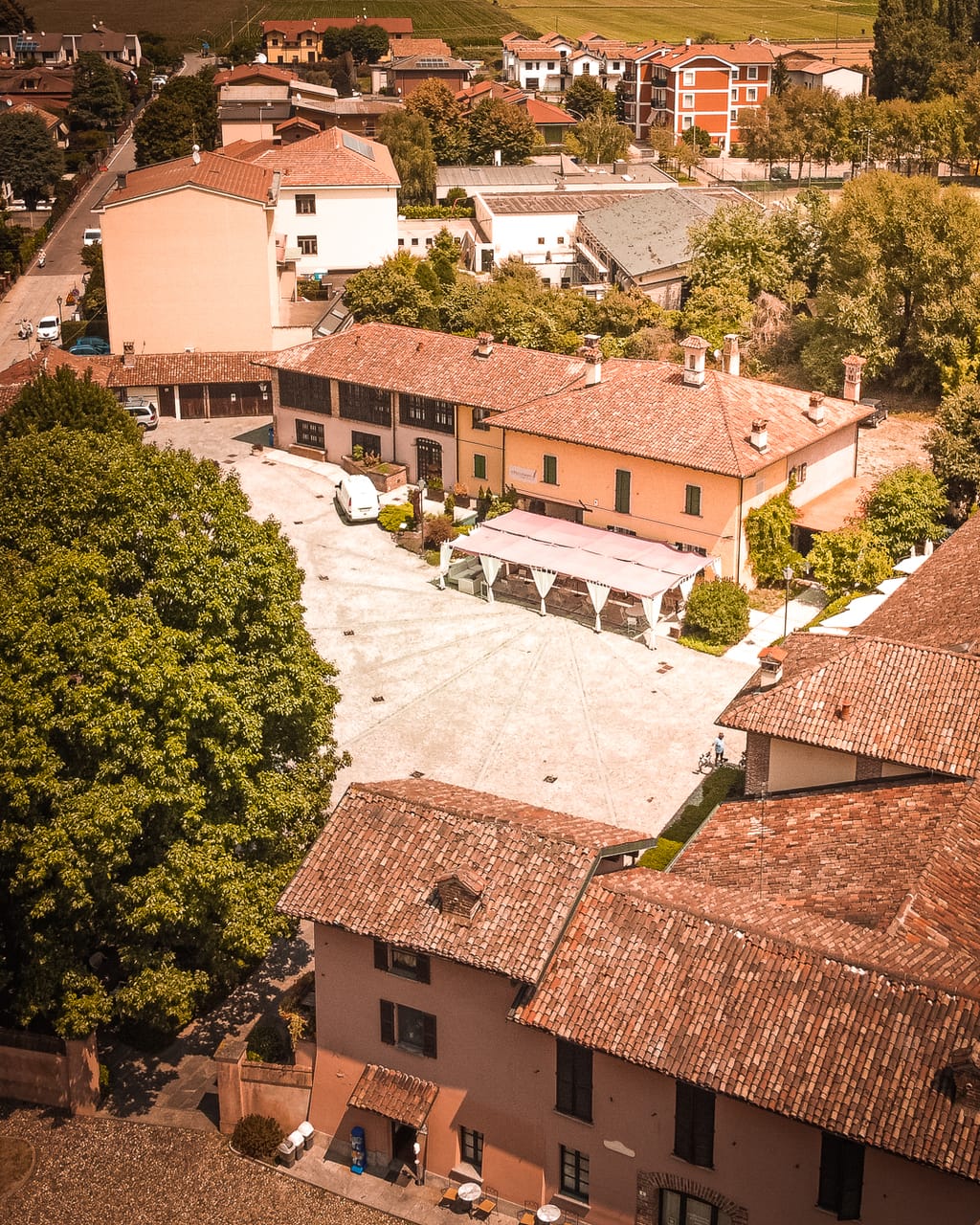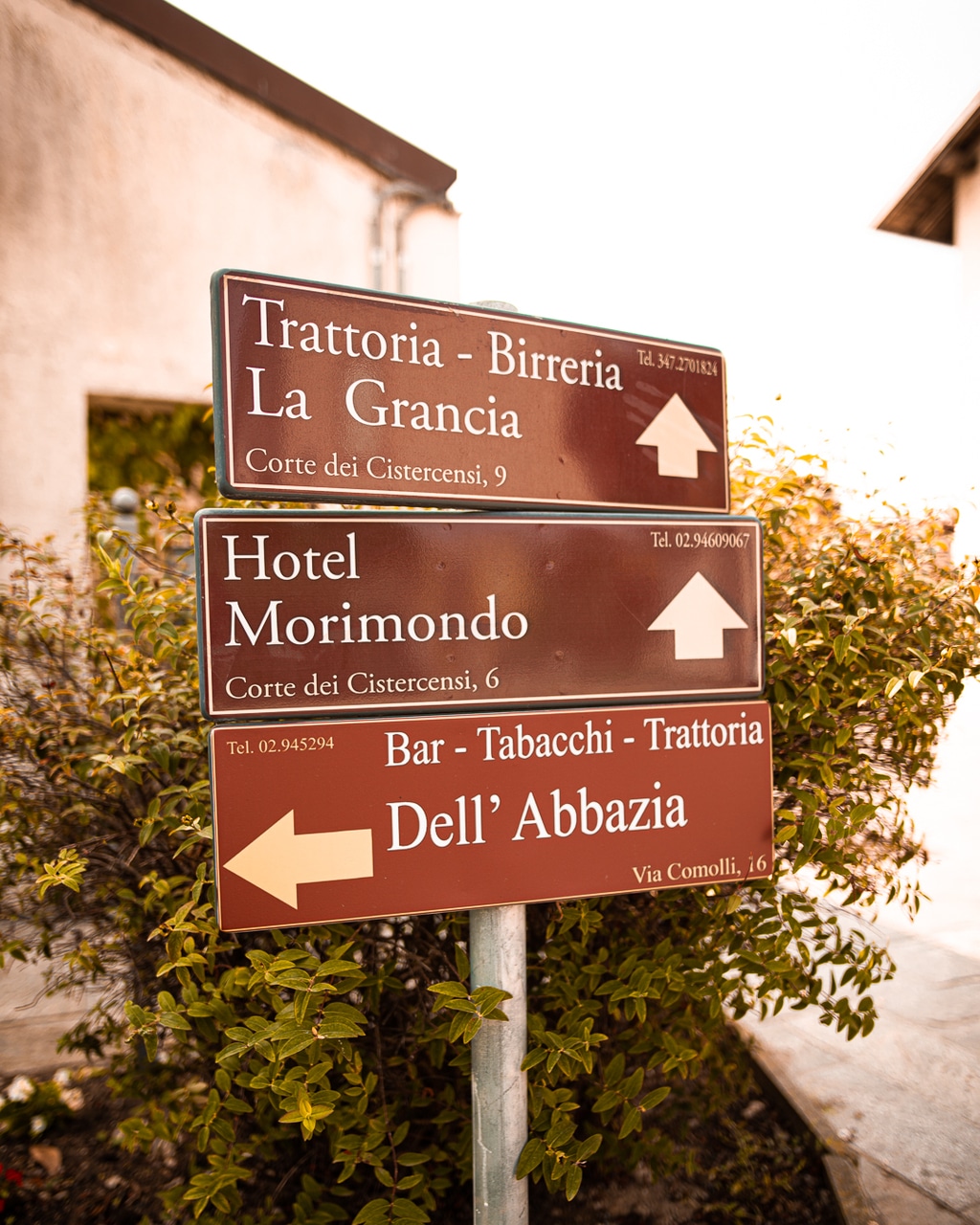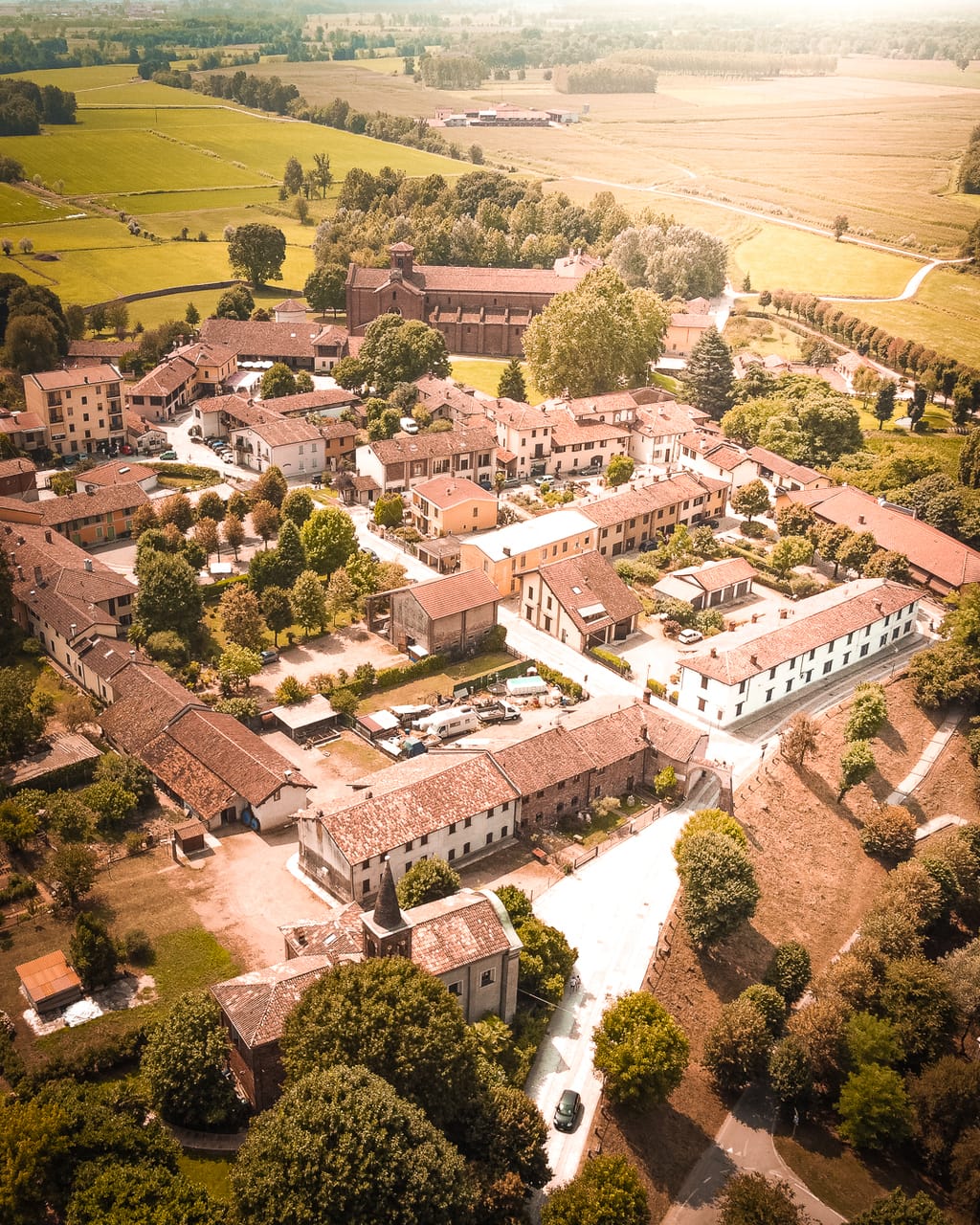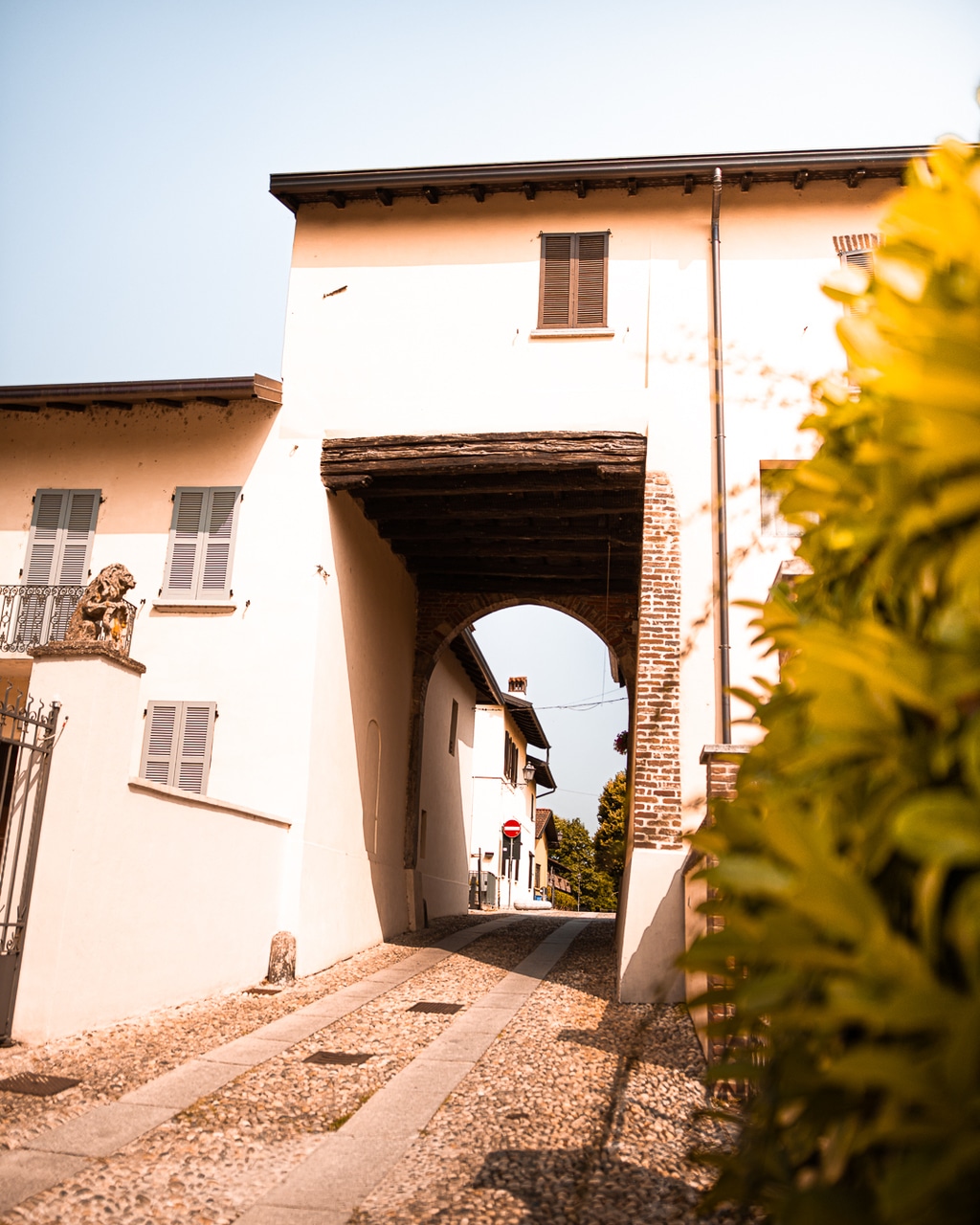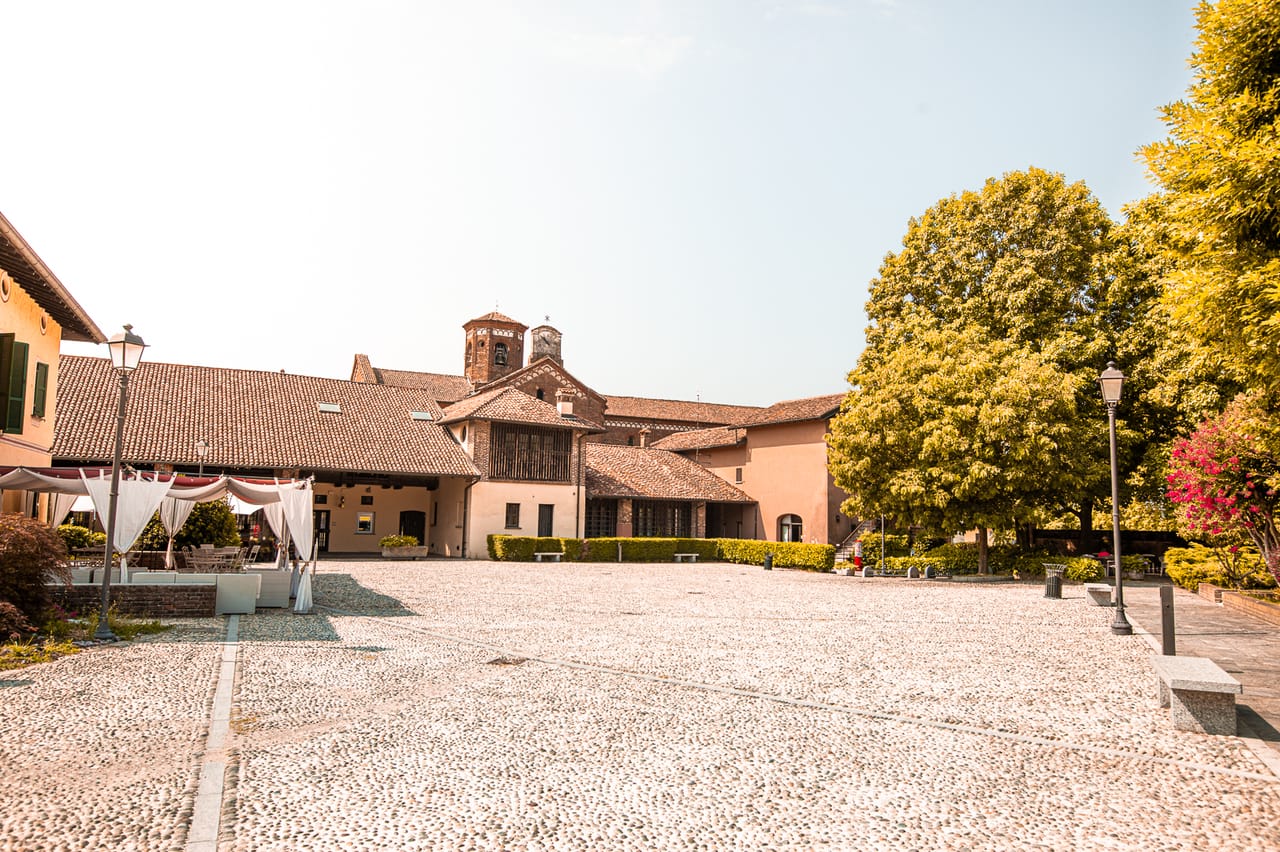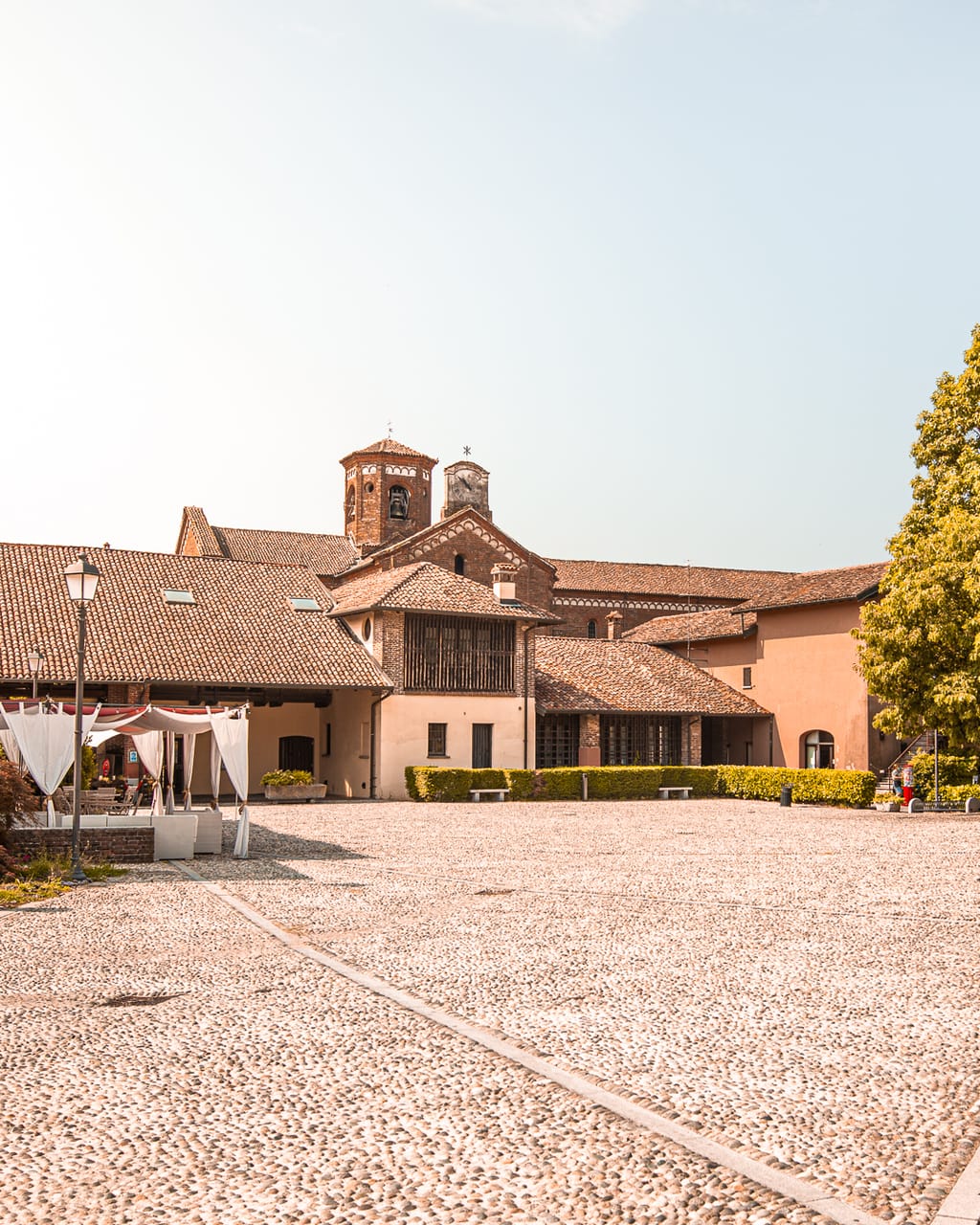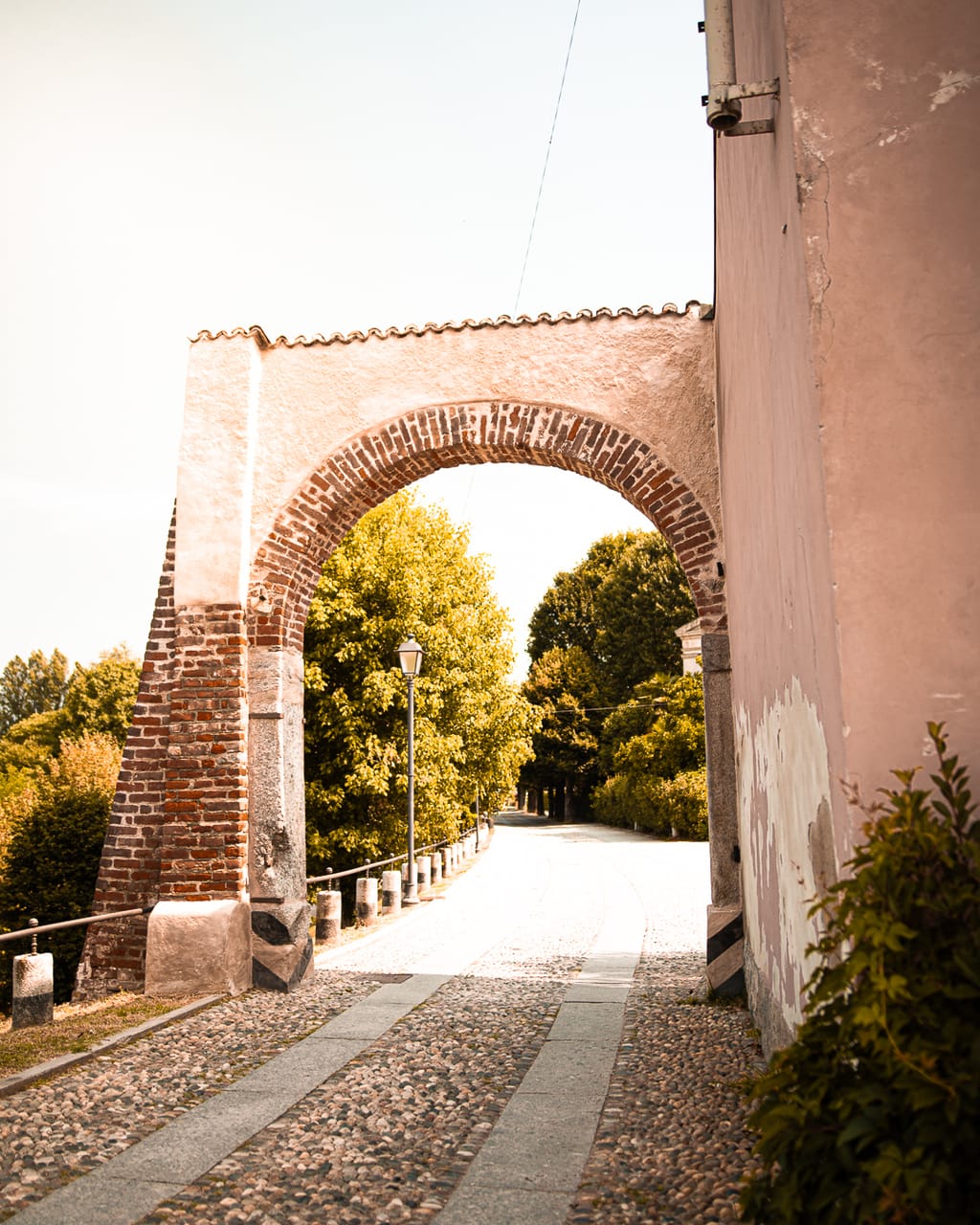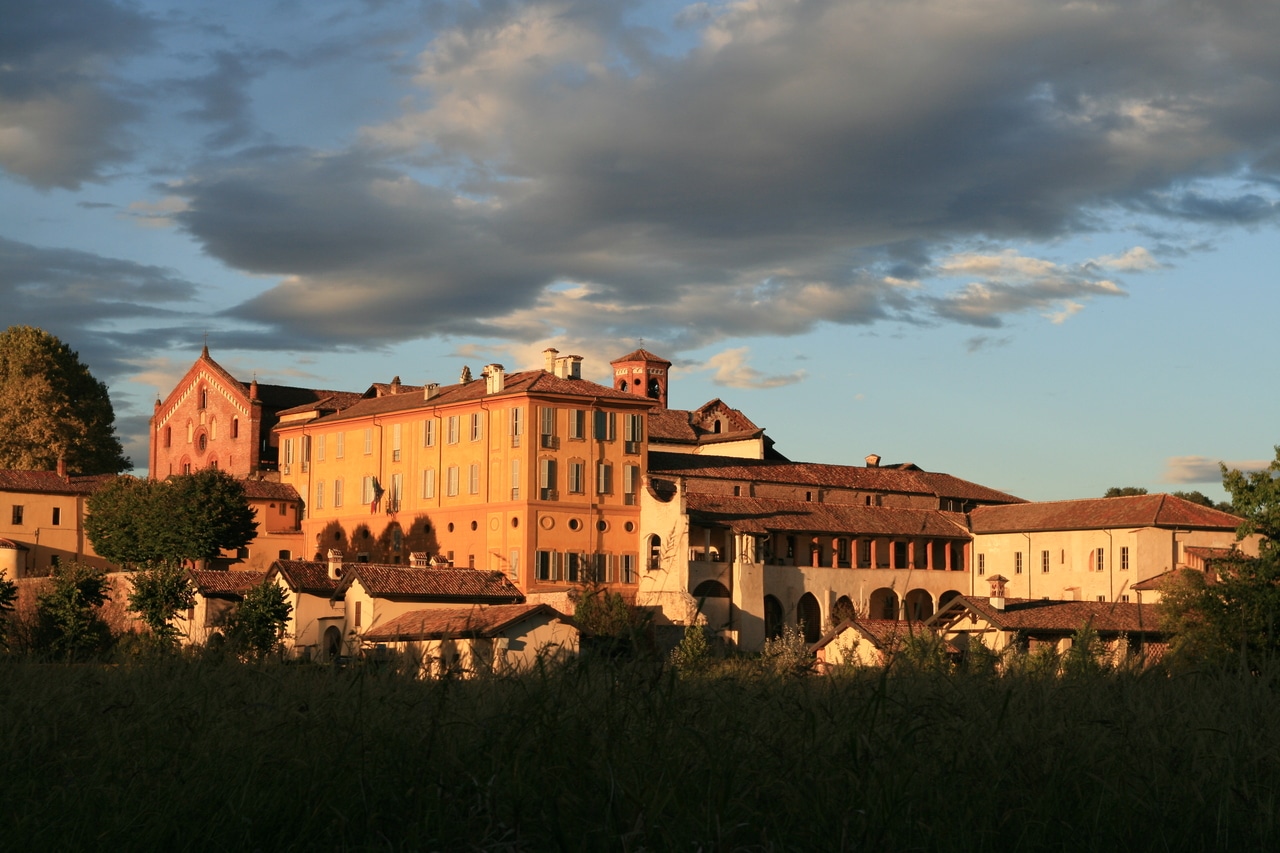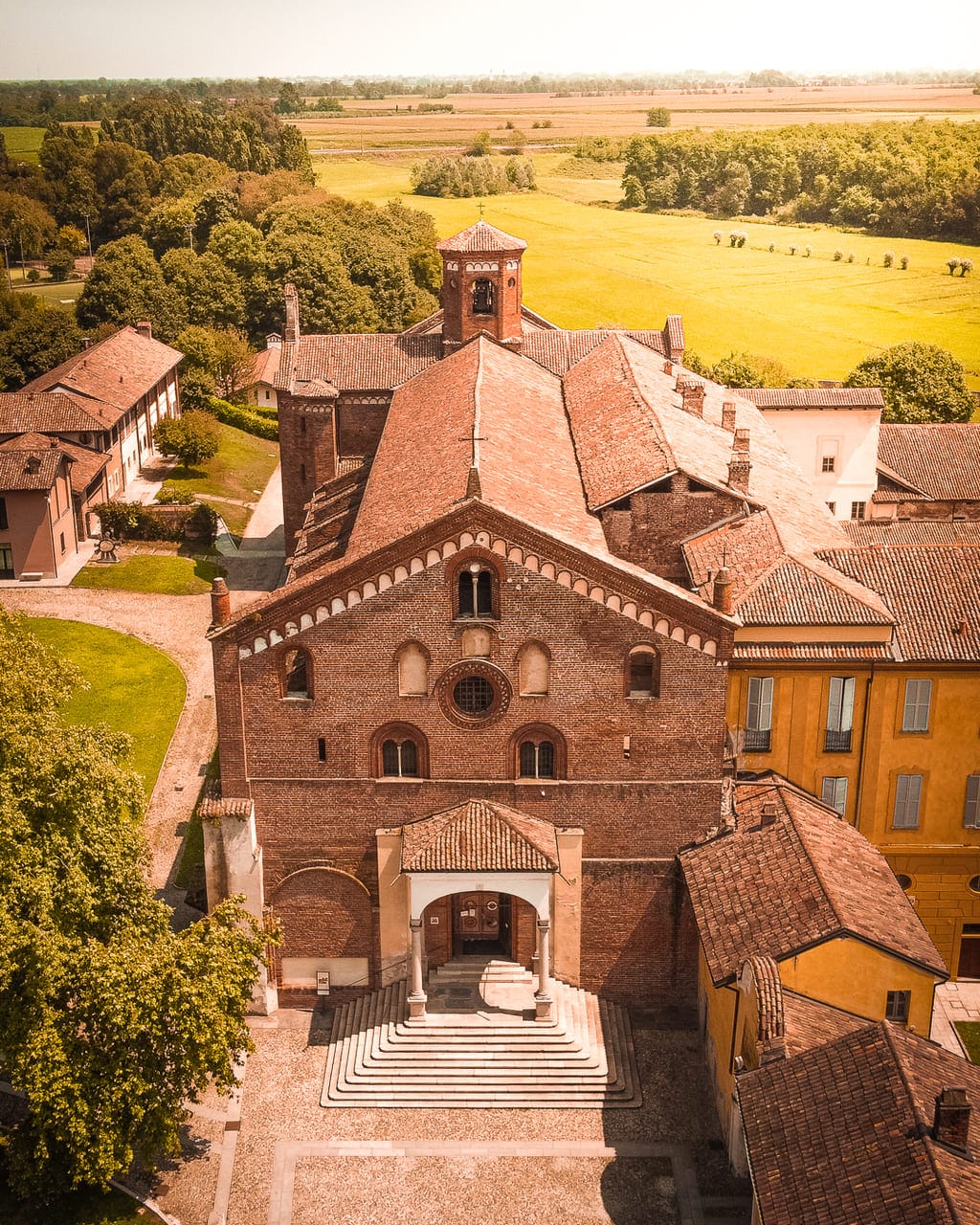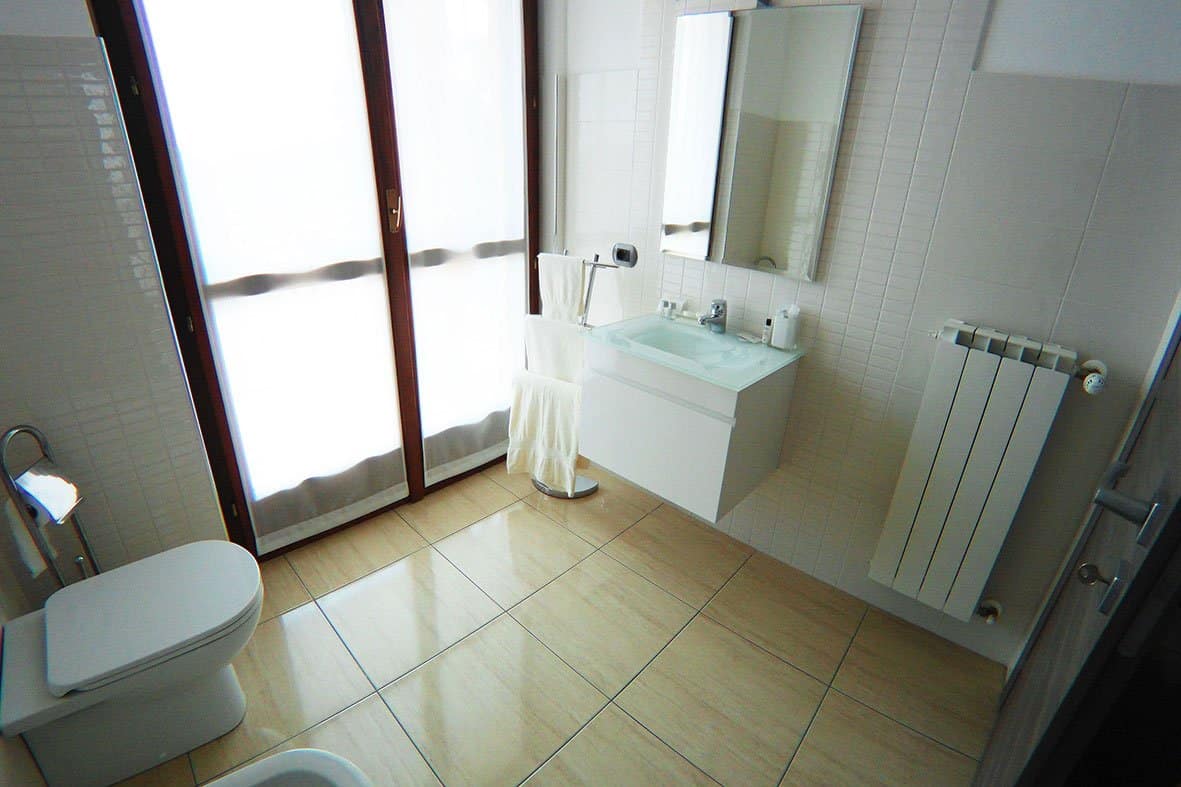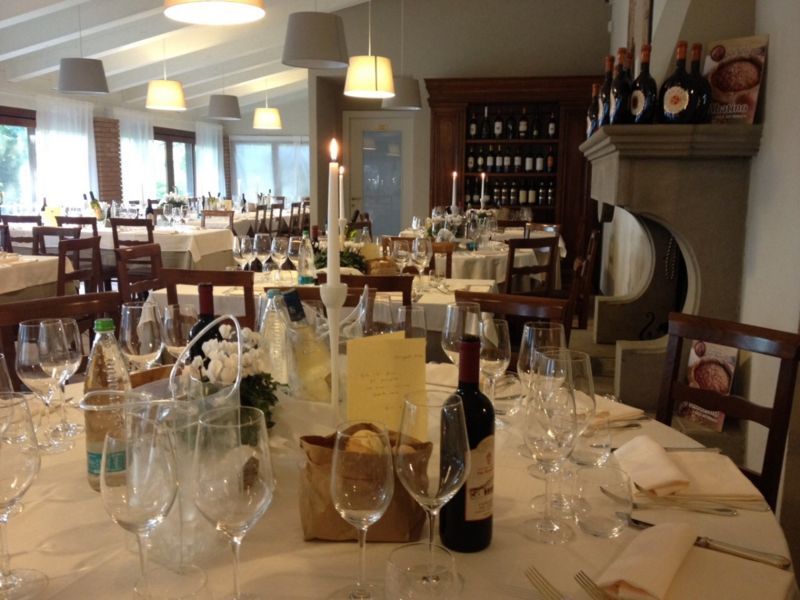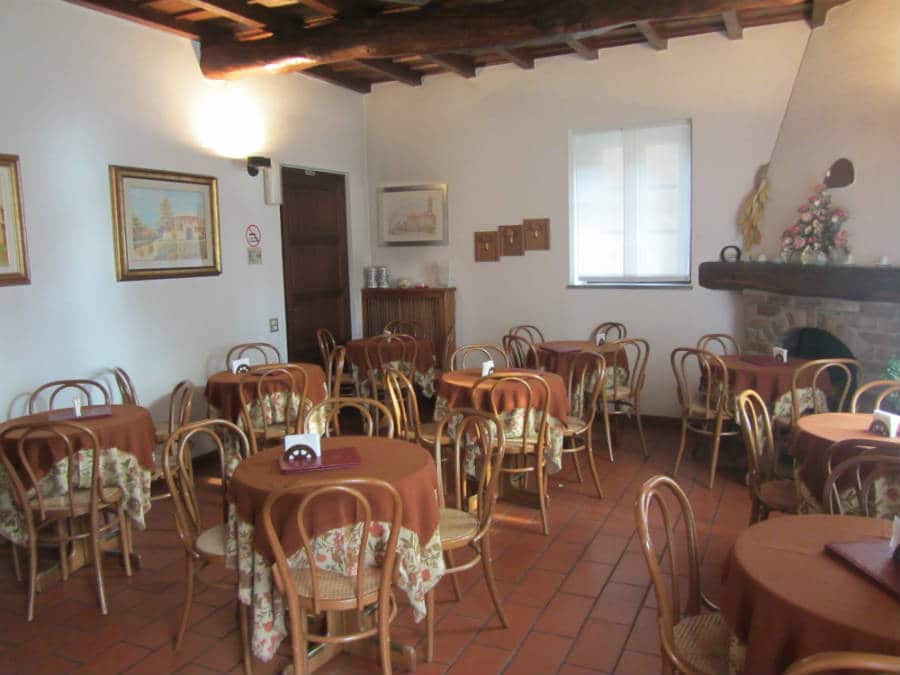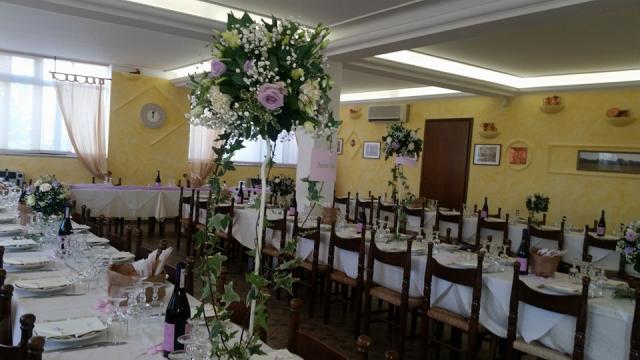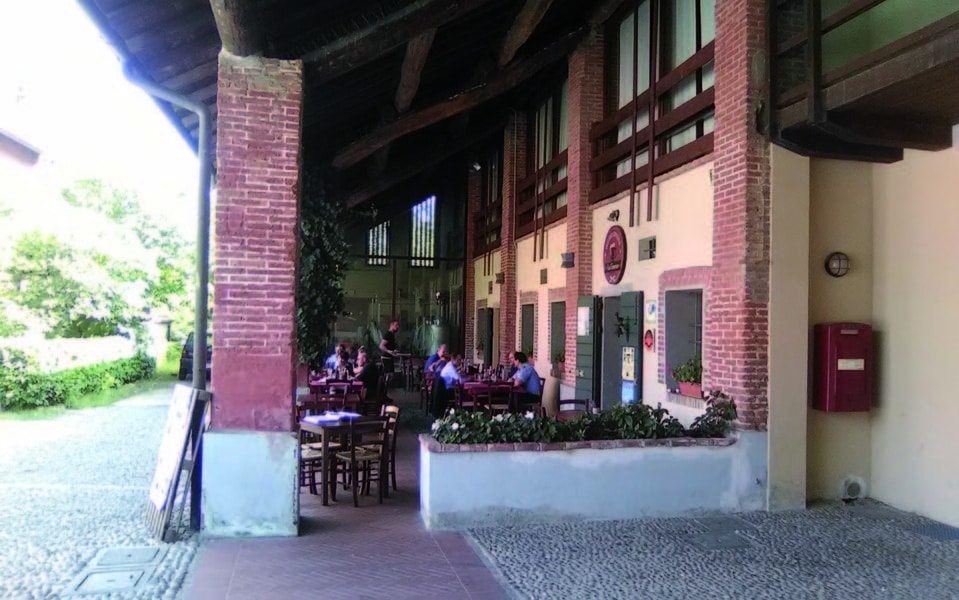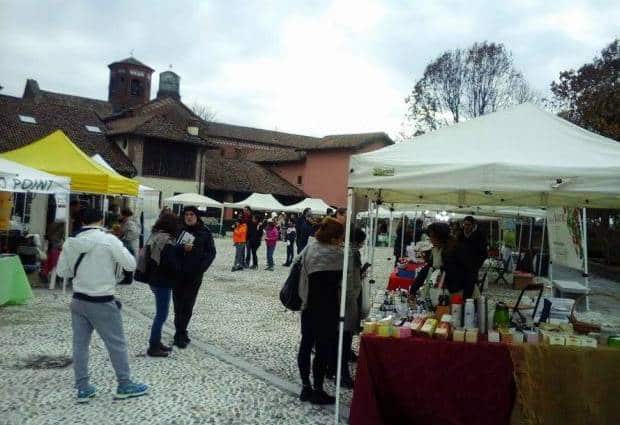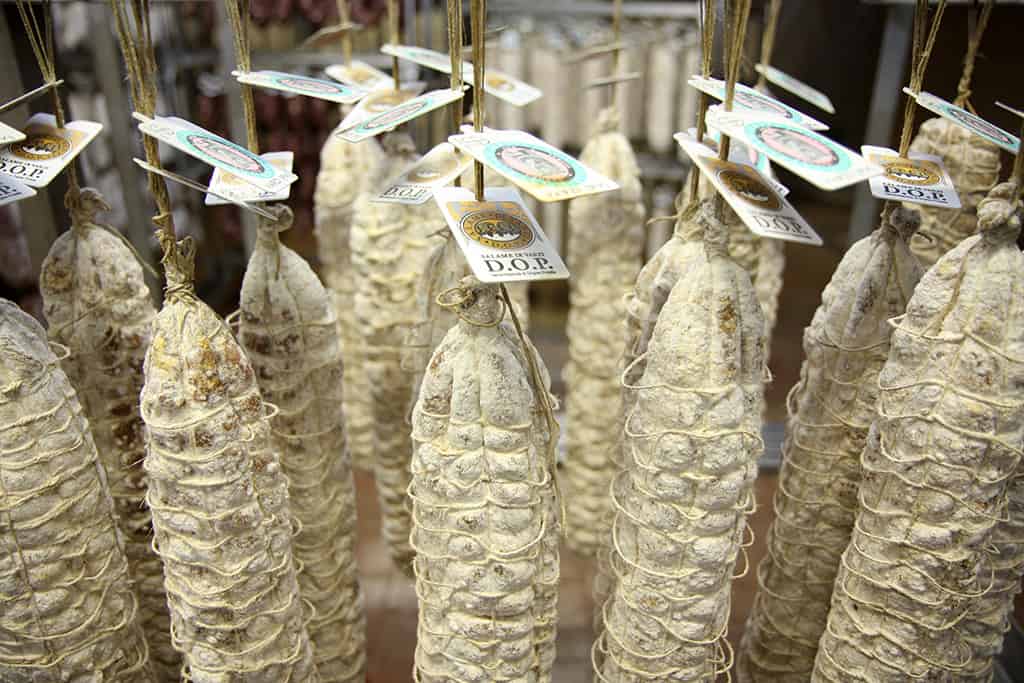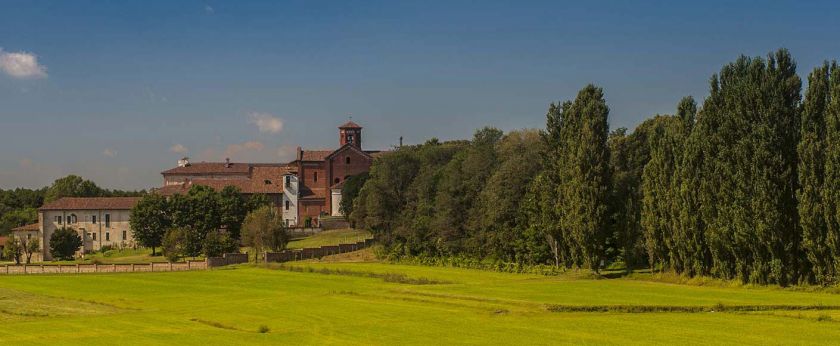Morimondo (Marmùnd in the local dialect) was named Coronate until 1871 (from the original place where the town was found, which was further north compared to its current location). The territory is located on the left bank of the Ticino, with a gentle orography that slopes down to the river sporadically interrupted by hillocks, hollows and embankments. The municipal territory is vast and mainly intended for agricultural use. The vegetation includes, starting from the banks of the river, willows, black locusts and poplars trees, the latters cultivated for the production of paper. There are lots of testimonies from the Roman era of colonial settlements in the area of the current village.
The history of the village of Morimondo is closely connected with the vicissitudes of the abbey and the Cistercian monks that lived there. The foundation of the first church dates back to 1134, when the first monks came here from the abbey of Morimondo, near Dijon. They slowly started to reclaim the area next to the Ticino, then they realized irrigation canals and transformed it into a fertile agricultural area for cultivation through water meadows. In 1182 the construction of the Church which is currently existing started, made entirely with bricks, characterised by a gabled facade and with an octagonal lantern on the cross vault. In Morimondo there are various events during all year long. The church hosts concerts and exhibitions, and over the Christmas period it is possible to visit an exhibition of the nativity scenes. In August, for the patron saint's festival many historical manifestations and a fairs take place. During the weekend the village is the perfect destination for Milanese people to spend half-day in the green, among the many track in the countryside up to the river and the abundant cycle paths. For some years now, on spring and autumn Sundays, there is a little train on wheels for tourists that passes through the streets of the village and the surrounding countryside.


